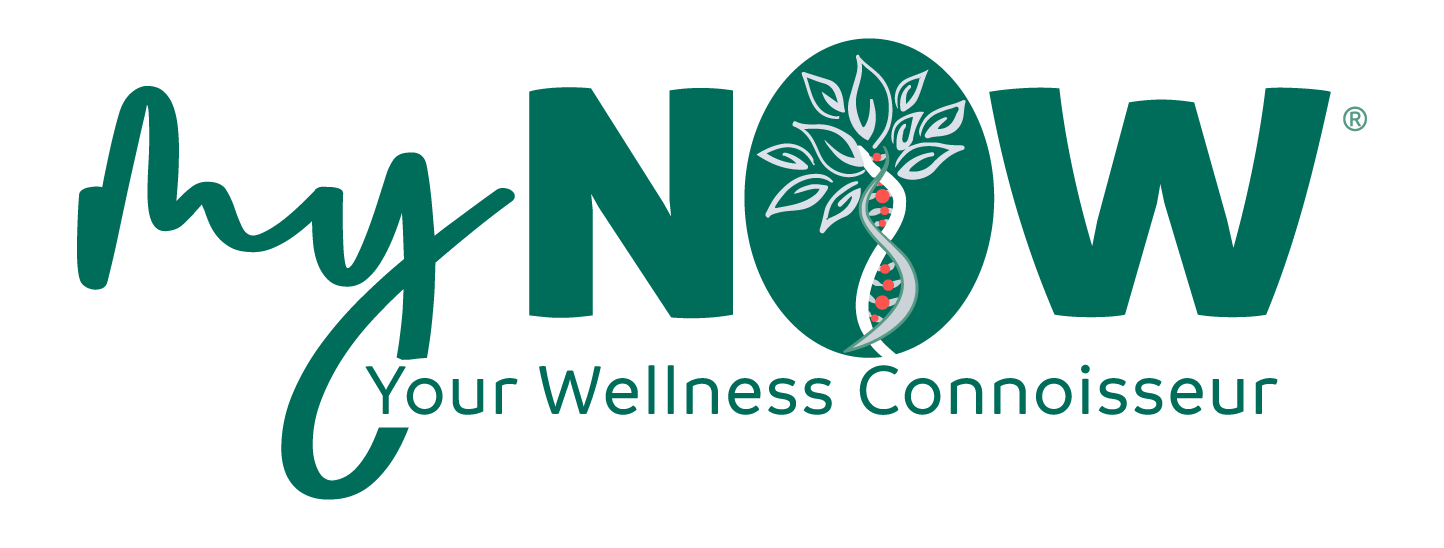How Many Neurofeedback Sessions Do You Need? What You Should Know Before You Begin

Maybe you’re thinking about trying neurofeedback – but you’re wondering how many neurofeedback sessions do you need to actually see results? It’s a smart question, especially when you’re planning your time, energy, and health goals.
At MyNOW Wellness, we offer micro current neurofeedback as part of a full spectrum of supportive services, from counseling and medication therapy management to genetic testing and counseling and substance use disorder therapy. But how many sessions will you need?
The answer depends on your unique brain and your personal goals – but we’ll walk you through what to expect and how it works.
The Basics: What Happens During Neurofeedback?
Neurofeedback is a non-invasive, drug-free method of helping the brain become more stable and regulated. At MyNOW Wellness, we specialize in micro current neurofeedback, which uses ultra-low energy pulses to help reset and calm the central nervous system – without requiring your active participation.
The number of sessions you need depends on the intensity of your symptoms, how your nervous system responds, and how consistent your training is. While some people feel better after just a few sessions, others require a more extended plan to create long-term change.
How Many Microcurrent Neurofeedback Sessions Do You Need?
The short answer? Most clients benefit from 10–30 sessions, though some may need more or fewer depending on their situation.
Here’s a general breakdown:
Early Sessions (1–5)
These initial sessions are about resetting the brain. Some clients report immediate shifts in sleep, mood, or clarity. Others may feel subtle or delayed effects, which is completely normal too.
Progress Phase (6–15)
As your brain begins to recognize what balance feels like, symptoms may start to ease – such as reduced anxiety, better emotional regulation, or more mental clarity.
Reinforcement Phase (16–30+)
At this stage, the goal is to solidify new patterns. This is often where deeper and more lasting changes emerge, especially for those managing trauma, recovery, or long-term emotional distress.
Maintenance & Follow-Up
Some clients taper to monthly or occasional sessions as needed. Others complete their training and move forward with continued wellness tools like therapy or nutrition.
The truth is, when asking how many neurofeedback sessions do you need, it’s less about hitting a magic number and more about listening to your brain and letting it lead the process.
Factors That Affect How Many Sessions You’ll Need
Everyone’s nervous system is different, but a few things can shape your neurofeedback journey:
Chronic stress or trauma history – The longer your system has been dysregulated, the more support it may need.
Current medications or treatments – Neurofeedback works well alongside many types of therapy, including substance use disorder care and medication therapy management.
Co-existing conditions – ADHD, anxiety, depression, trauma, and burnout may all influence session frequency.
Lifestyle choices – Sleep, diet, movement, and support networks can either boost or slow progress.
At MyNOW Wellness, we consider the whole person when designing a wellness plan—and that includes how neurofeedback fits into your bigger picture.
Why Micro Current Neurofeedback?
Micro current neurofeedback is gentle and efficient. It’s ideal for clients who may feel overwhelmed, overstimulated, or resistant to more active therapies.
Because the technology supports your brain without requiring you to “do” anything, it’s a great fit for clients navigating trauma, withdrawal, or cognitive fatigue. You simply relax and let the system do the work.
Your Next Step Starts with a Conversation
Every journey is different, and you don’t have to figure it out alone. Schedule a free virtual consultation with us. We’ll listen, offer insight based on your health history and goals, and help you decide whether micro current neurofeedback is a good fit for you. Let’s find the right plan to support your brain and your next chapter of healing.
